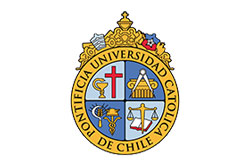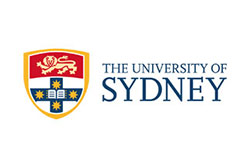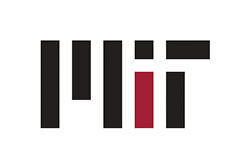Source: EMBARQ
Rio’s newest BRT corridor is expected to serve 450,000 passengers each day

Rio de Janeiro’s newest bus rapid transit (BRT) corridor, the TransCarioca, began operations on Sunday June 1, 2014. This newest addition to Rio’s already well-developed BRT network will connect the Barra da Tijuca neighborhood to the Tom Jobim International Airport. President Dilma Rousseff and Mayor Eduardo Paes, also chair of the C40 Cities Climate Leadership Group, were in attendance at the grand opening to show their support for the positive impact the new corridor will have on the city. The BRT line will begin full operations gradually, eventually covering 39 km (24 miles), and crossing the neighborhoods of Madurai, Vicente de Carvalho and Penha, helping to unite various communities within the city.
Meeting the urgent need for effective, connected transport
450,000 passengers are expected to ride the TransCarioca line every day, reducing time spent traveling by an estimated 66% between Barra da Tijuca and the Tom Jobim Airport. But the benefits go beyond travel time saved – the corridor will also have an impact on the larger built environment and communities within the city, a fact that Cidade Olímpica proudly reports through a navigable infographic about the new line.
Since 2011, when Rio de Janeiro announced the construction of its inaugural TransOeste BRT corridor, the area surrounding the BRT was revitalized by the prospect of a mobility alternative to the car. These efforts have translated into less time spent commuting, increased productivity, and higher quality of life for residents of Rio de Janeiro. The process of redevelopment along the corridor has also included the construction of new bike lanes, the widening of sidewalks and pathways, clear signage, and a stronger dedication to landscaping and green space. These changes benefit the BRT riders as well as cyclists and pedestrians, creating a city that supports multiple modes of sustainable mobility. Rio de Janeiro’s existing BRT infrastructure has shown that the process of creating a vibrant sustainable transport system can serve as a vehicle for the redevelopment of the city at large.
Predicting the needs of the future, today
The entire BRT network of Rio de Janeiro will include the TransOlímpica and TransBrasil corridors by 2016, creating a total of 150 km (93 miles) of BRT corridors through the city.
The TransOlímpica will consist of a 26 km (16 mile) route that will link the neighborhood of Barra da Tijuca to Diodorus, catering primarily to athletes and visitors during the 2016 Olympic Games. Unlike the other three corridors under construction, it will use the same space as cars, without dedicated crossings or signals.
Meanwhile, the TransBrasil will be serve as a central corridor between Rio de Janeiro and the Olympic pavilions, spanning 32 km (20 miles) with 25 stations. The line will connect the airport Santos Dumont to Diodorus in the western area of the city. The TransBrasil is expected to carry the most passengers of all of Rio de Janeiro’s BRT corridors, with some 900,000 riders each day. This line will be integrated with both TransOlímpica and TransCarioca, ensuring connectivity for the overall system.
The inauguration of TransCarioca, two years after the launch of the TransOeste line, is the result of hard work from the Municipality of Rio de Janeiro. Since the signing of the Technical Cooperation Agreement in 2010, EMBARQ Brazil has partnered with the city, and will continue to work with city leaders to provide technical assistance, road safety audits, and marketing expertise to help Rio de Janeiro develop a safe, efficient, sustainable transport that benefits urban residents and visitors alike.












